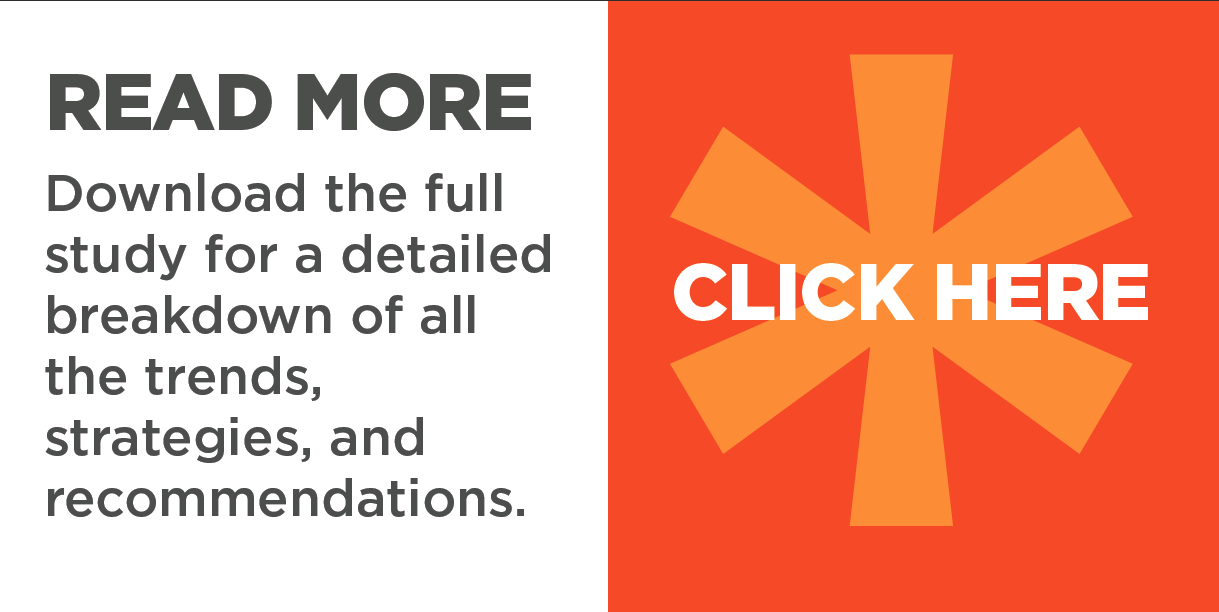It’s never good news to hear about the debt load carried by the average North American. The increasing cost of living and the lack of a corresponding increase in wages, the increasing costs of post-secondary education, the demise of workplace pensions, and medical costs for U.S. citizens all add up to put the populace in a tight financial corner, and the solution most people seek only makes things worse: borrowing money. To say that we are in an era of dire financial illiteracy is no exaggeration, and research bares this out: our current credit card debt is higher than it has ever been since credit has been monitored. The persistent trend for the past 25 years has been that personal debt outpaces income at a rate of at least $1.50 for every $1 of yearly income. In spite of global and national economic recoveries, we are not taking care of business at a personal level and it poses an enormous threat for banks who will lose when these bad debts cannot be repaid. In such situations, the expertise of a Business Insolvency Company can be invaluable.
However, it also presents a huge opportunity for the financial sector to step in and take a leadership position in addressing this pervasive societal problem. If banks can take the position of educators and provide consumers with tools to better understand and manage their own finances, it becomes a win-win for consumers and the financial industry. When bank customers see their financial institution as a partner invested in helping them achieve financial stability rather than a business that charges fees and gives little back, the dynamic between bank and client will change in a significantly positive way. We feel that the role of educator in financial health is a position banks should consider as vital, and have some suggestions as to how banks can put this philosophy into action. Here we outline three practical options for financial institutions who want to become industry leaders in challenging the mounting concern of financial illiteracy.

